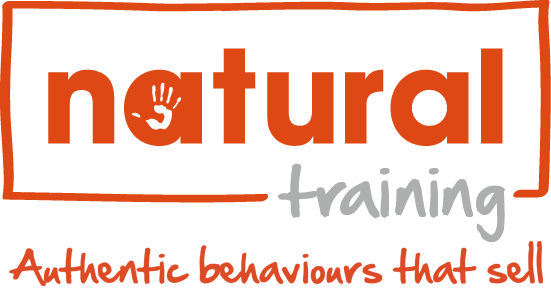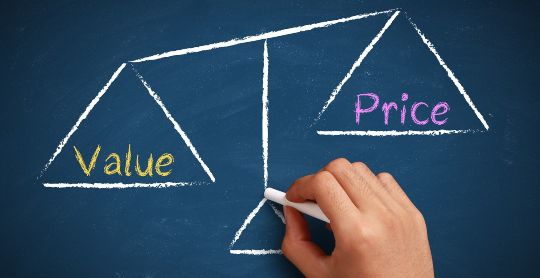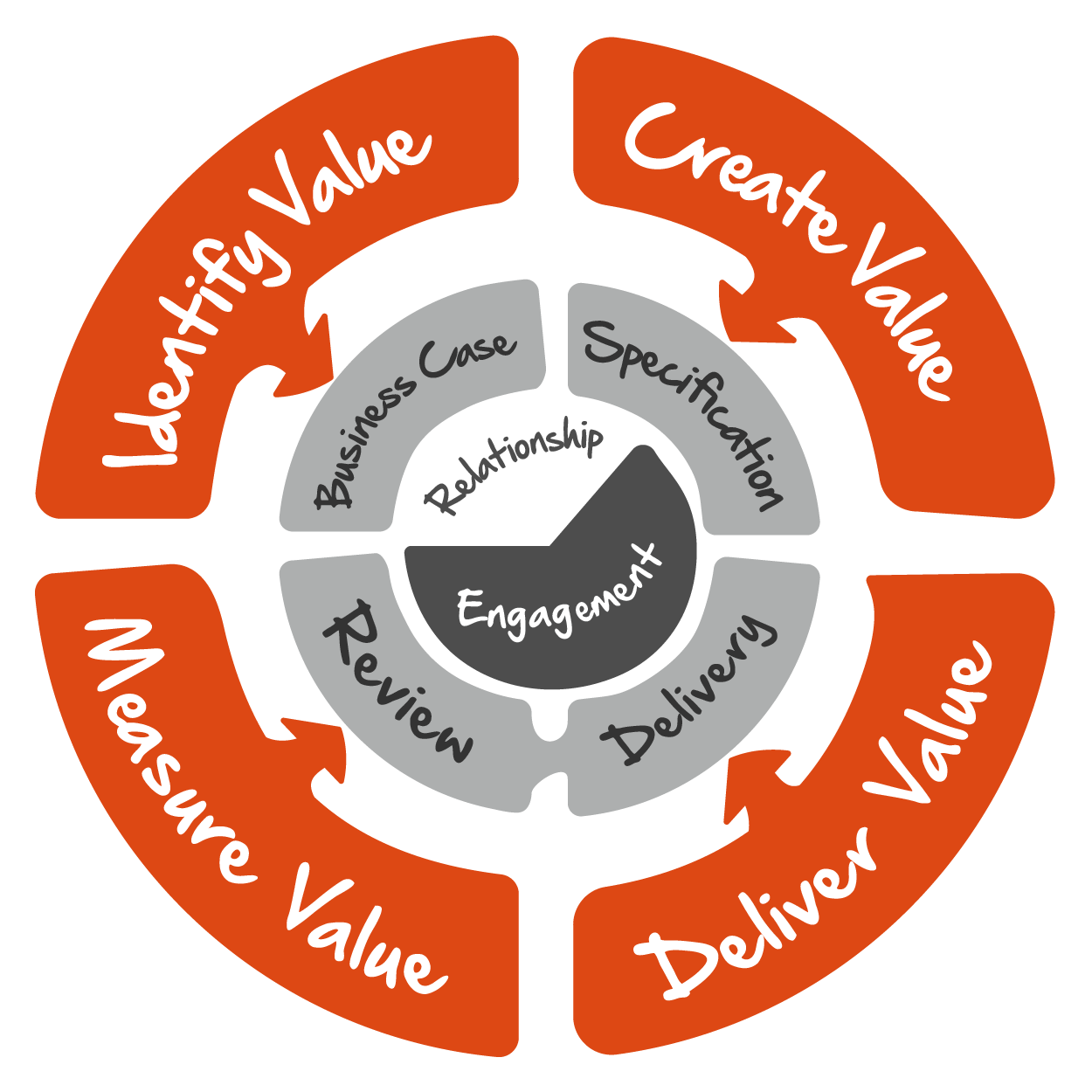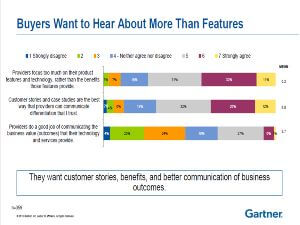3. Delivering Value
Convincing your prospects of the value of your products is one thing, now you have got to deliver.
Failing to deliver the value they expect could seriously harm your chances of ever doing business with them again, as well as your reputation going forward. Delivering value is about being authentic and 100% true to the value you have identified and created.
For example, if a stellar customer service department that responds to queries in under an hour was part of your value proposition, and your customer has had to wait two days for a response, you have failed to deliver on the value you promised. And you know what? That client will talk to their colleagues, suppliers and other contacts about how your poor customer service caused them serious problems.
There could well be a number of reasons that affect your ability to deliver on the value you promised. In the above example, staff illness and computer breakdown could have stymied efforts. But if you have promised to deliver something without equivocation or exception, you simply have to deliver.
As a salesperson, you may believe it’s not your job to keep an eye on whether your company is delivering the value you promised that helped you to close the sale. If that is how you think, you could be missing out on lots of future sale opportunities as well as long-term partnerships.
Selling the Dream – Living the Nightmare
Often, companies that get it wrong do so because there is a disconnect between their sales division and the operations department. Salespeople are busy selling the dream, sometimes making promises that are impossible to keep in order to get their prospects to sign on the dotted line. Or they miss a few details, either deliberately or by accident.
However, it’s not always the fault of those in sales. Sometimes operations lets customers down by losing sight of what it is they value so much.
So, own the relationship with clients. Check back in with them regularly and make sure everything is being delivered up to spec. And if it isn’t, ensure that the operations side of the organisation picks up the slack.
To help you deliver value, draw up a checklist of the promises that sales make and the ways that operations can deliver.
Exceed Expectations
But, there’s even more to delivering value than this. Part of the equation is looking to identify areas where you can offer even more value. Are there places where you can expand on the existing value you are delivering?
Some of the most successful companies are those that go the extra mile to put a smile on customer faces by exceeding their expectations.
Online sporting retail company Wiggle.com puts a free bag of Haribos in with customer orders. Tesla have mobile technicians who can complete most repairs wherever you park, saving you the hassle of taking your car to a service centre.




